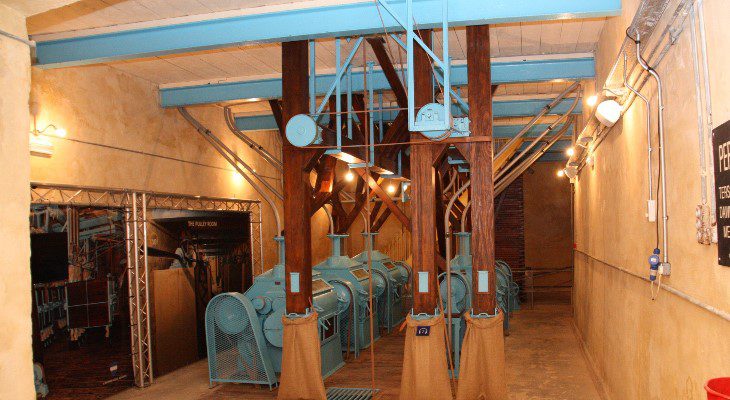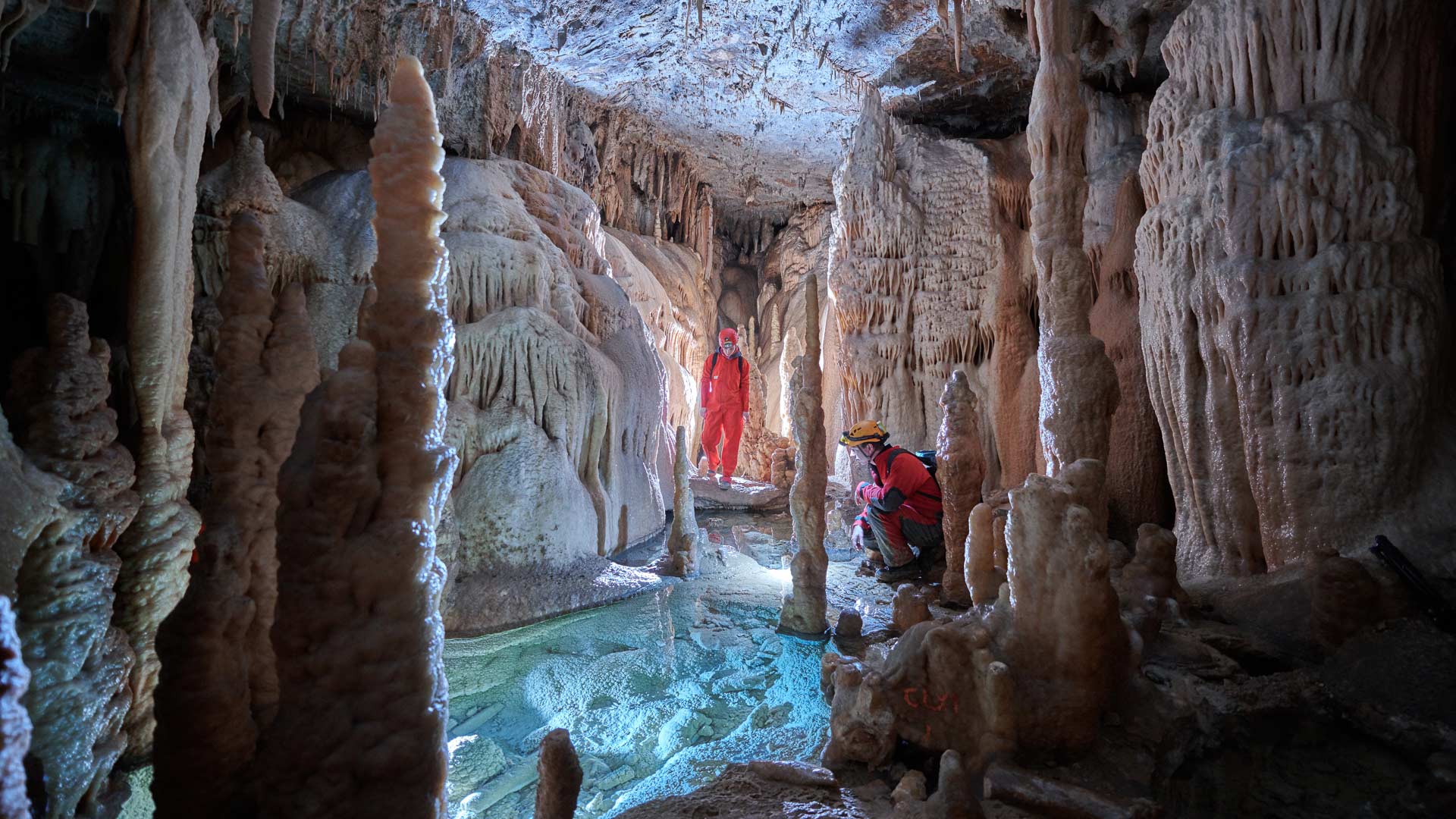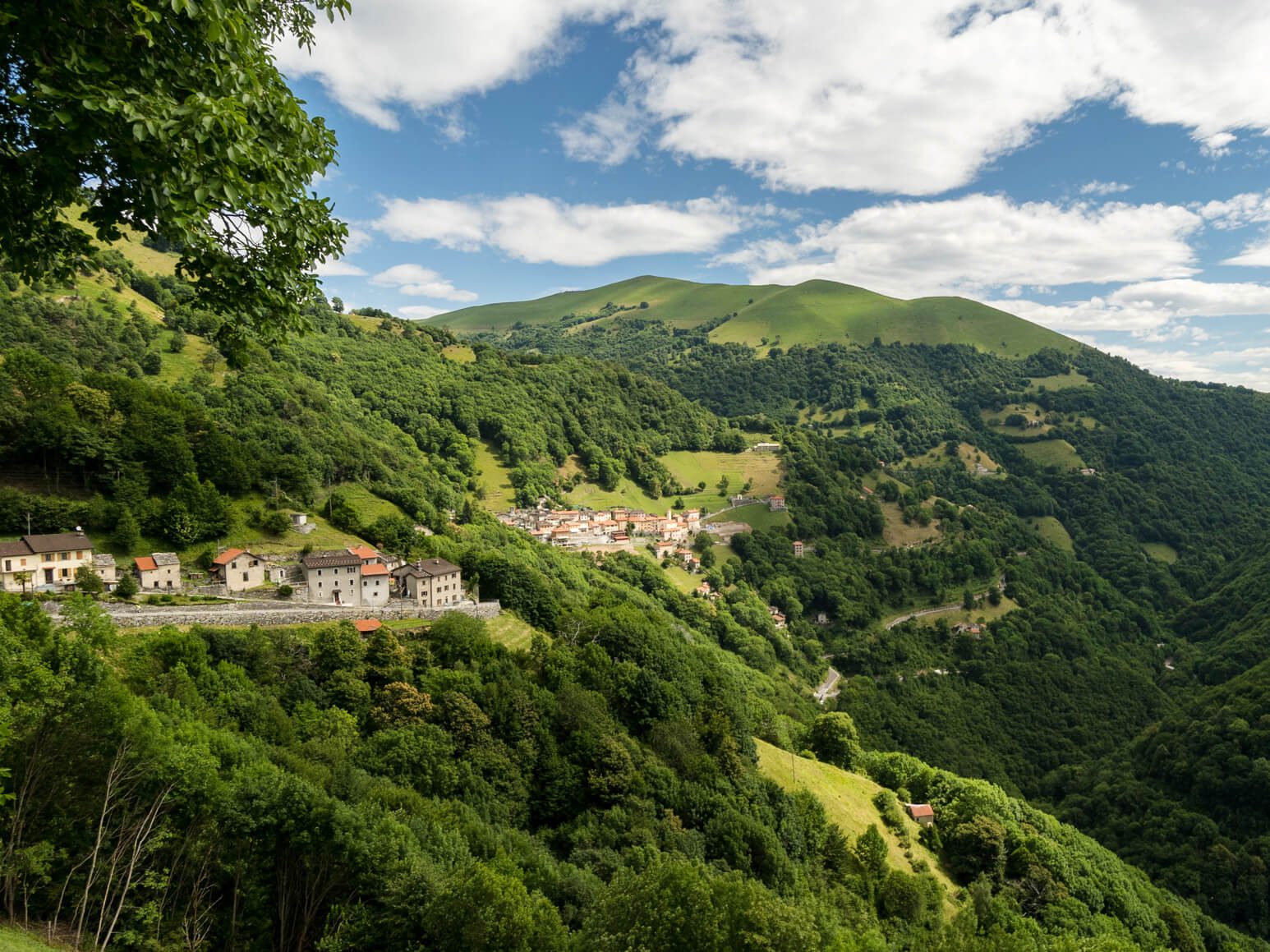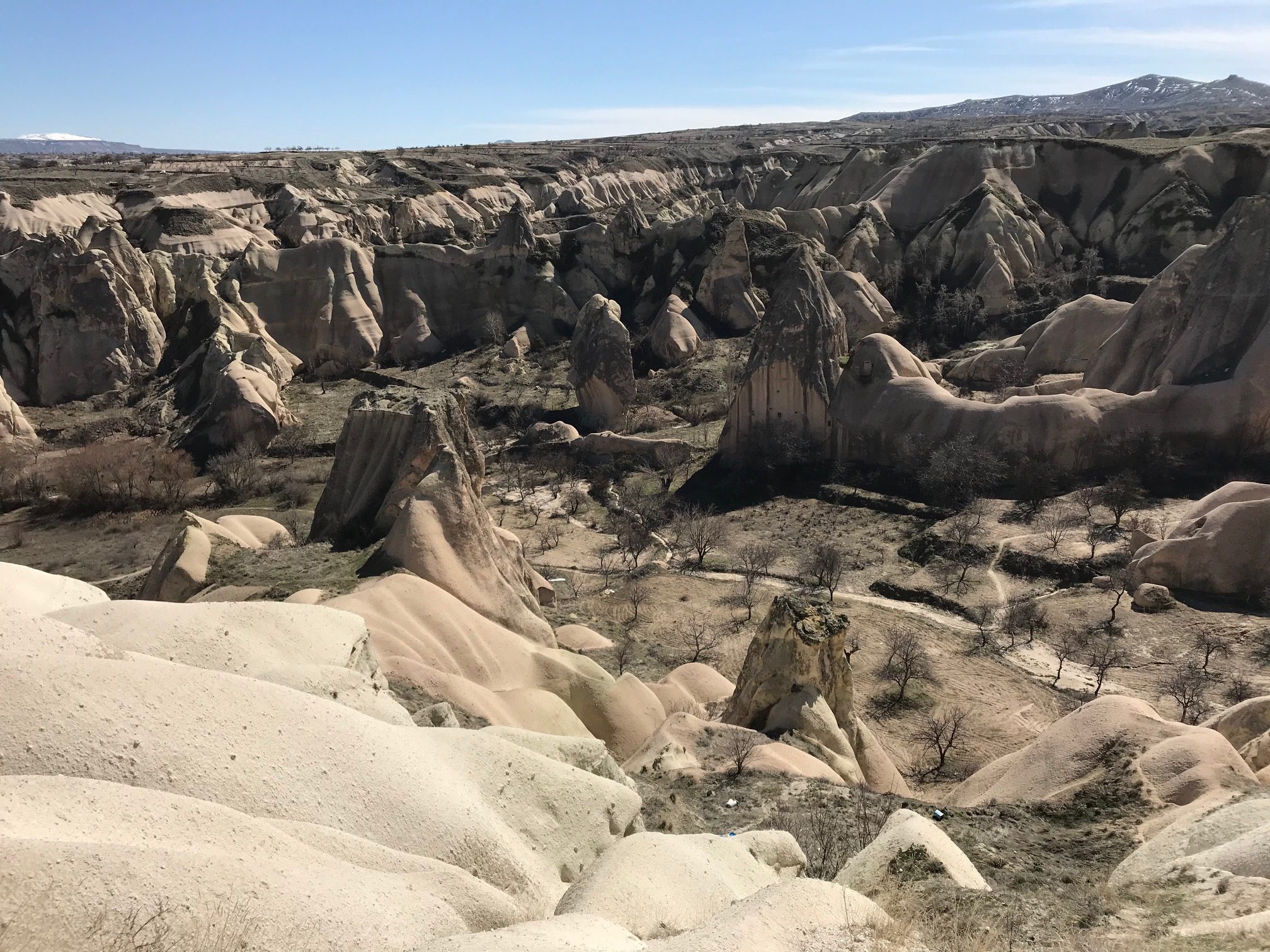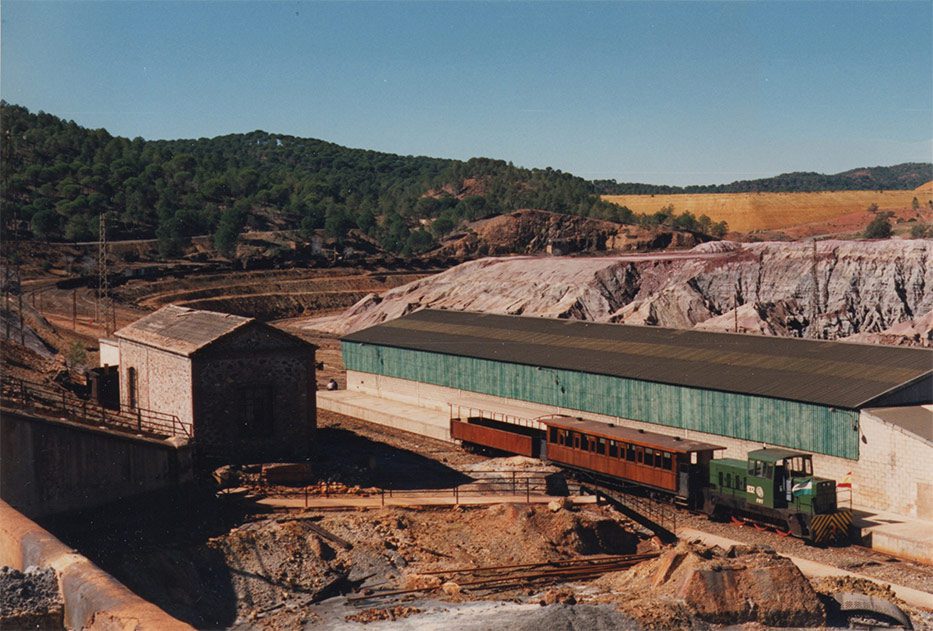The underground flour mills are an example of industrial heritage created in the 1950s by the British colonial authorities in Malta. The concept behind their construction was to make sure Malta would have provision of a staple food in case of warfare. In fact, they were located in sites far from the areas with a potential of being bombarded during war time. Having said this, this also gives rise to the fact that the underground flour mills are sometimes not far from each other.
The underground flour mills were ideally located at cliff faces and were carved in the rock. Ideally, they were excavated deep enough into the ground so as to function as bunkers in the eventuality of nuclear attack. Currently the flour mills have different ownerships or guardianships. The underground flour mills are actually all owned by the Lands Department and the guardianship is either local councils and in the case of one site, Mistra, the guardianship was given to an NGO. The said site has also been restored as well as the machinery which used to function on site when it was operating.
A Masters dissertation was carried out in 2012 entitled Malta’s Underground Cold War Heritage by architect Antoine Abdilla. The dissertation puts the sites in the context of the Cold War and how it impacted Malta. It gives a good history of the sites with images and on occasion even plans and sections.
In 2012 MEPA gave these sites recognisiton as they scheduled them as Grade 1 national monuments which hence required legal protection. There were originally 8 underground flour mills in 7 sites; Munxar, Gozo and the other 7 were in Mellieha, , San Gwann, San Paul’s Bay (Mistra), Buskett (2 flour mills in one site), Mgarr (Tal-Palma and San Martin).
Description of the local community
All the sites are under the guardianship of the relevant local council and as stated above. The local councils ideally would like to the sites back to the community.
These sites at the moment do not have private stakeholders but giving the site a use may actually allow private stakeholders to manage the site. Many of the sites allow visitors to visit on demand but the sites are closed and maintained to a different degree depending on the location of the sites.

